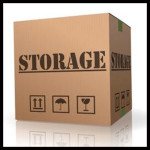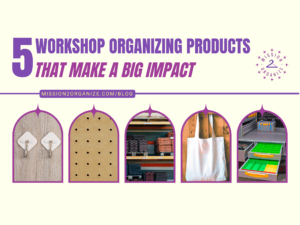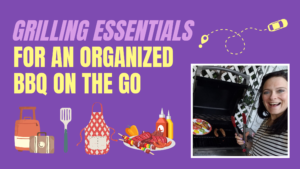Part II of a 3-Part Series:
ÿ
To recap: My dear friend called me recently. As we chatted about life, she informed me she was moving back to California again. Though I know many people that prefer Landmark24 Homes to homes on the West Coast, I was happy for her and the decision she made. As we chatted and joked about all of the drama that comes with moving, I was inspired to write this 3-part move management blog series. Here we go with Phase II.
ÿ
ÿ
ÿ
PHASE II
ÿ
Now it is time to think about which moving materials you will need such as boxes, tape, markers and box cutters. You can order supplies online, buy them at the store, collect boxes from grocery stores or go to sites like FreeCycle to use boxes that others are recycling. Always order or collect more materials than you think you need and return the unused items later. Get a variety of sizes from small to extra large. As a rule of thumb, the most frequently used box in an average move is a small box.
ÿ
Keep related items together when you are packing. Label each box, making it clear to the movers to which room the box belongs. Also label the boxes with notes such as Open First or Fragile. Make a box that includes a few basic tools, toilet paper, paper towels and a first aid kit. Close this box last and mark it as Emergency Kit. This is also the first box you will want to open.
ÿ
ÿ
Based on the size of your house start packing no later than 10 days prior to the move. This might be the time you start moving things into storage that you won’t need right away. You can get More Info on this online. Start by packing the most rarely used items. Pack up the items in your bathroom and kitchen last. Leave out some plastic cups, paper plates and disposable utensils for use during the days before and after the move. And the best way to prepare for easy unpacking is to purge and organize as you pack.
ÿ
ÿ
In many cases, our clients are between two moves. They sell their house and the new house they are building is not ready yet. So they have to downsize and rent a place in between the moves. This is one of few cases that we say “Yes” to renting a storage unit for absolute must keep items. If you fall in this category, make sure you make arrangements at a storage facility close to your place. You might end up having to store seasonal items or the stuff you don’t need to access during this transition.
ÿ
ÿ
Make an online or offline inventory of the items in storage with details of what’s in each numbered box. When you need to look for something, you will know exactly which box to pull out without having to search through each box. Numbering boxes also protects the anonymity of the contents of the box while it’s being stored. This list can actually help you later down the line when your insurance company asks for a list of all the items you own.
ÿ
ÿ
Call your utility companies to set up the shut off or transferring of your services to the new place. Take a picture of the set up of your media center, computer and other electronics. Once you need to set everything up again, these pictures will be your saving grace.
ÿ
ÿ
ÿ
Use as much of the food as you can from your pantry prior to your move. If you plan to go to the grocery store, do it about 10 days prior to your move and only buy enough to last you that long.
ÿ
ÿ
ÿ
ÿ
Request your Change of Address at least seven to ten days before you move so the mail will be forwarded to your new address. You can also send out a notice of your new address by mail to friends and family. Be sure to send them the notice at least one week before your move.
ÿ
ÿ
ÿ
Read about Phase 1 and Phase III.
Need more tips on moving? Check out our “O Your Move” blog here.
















